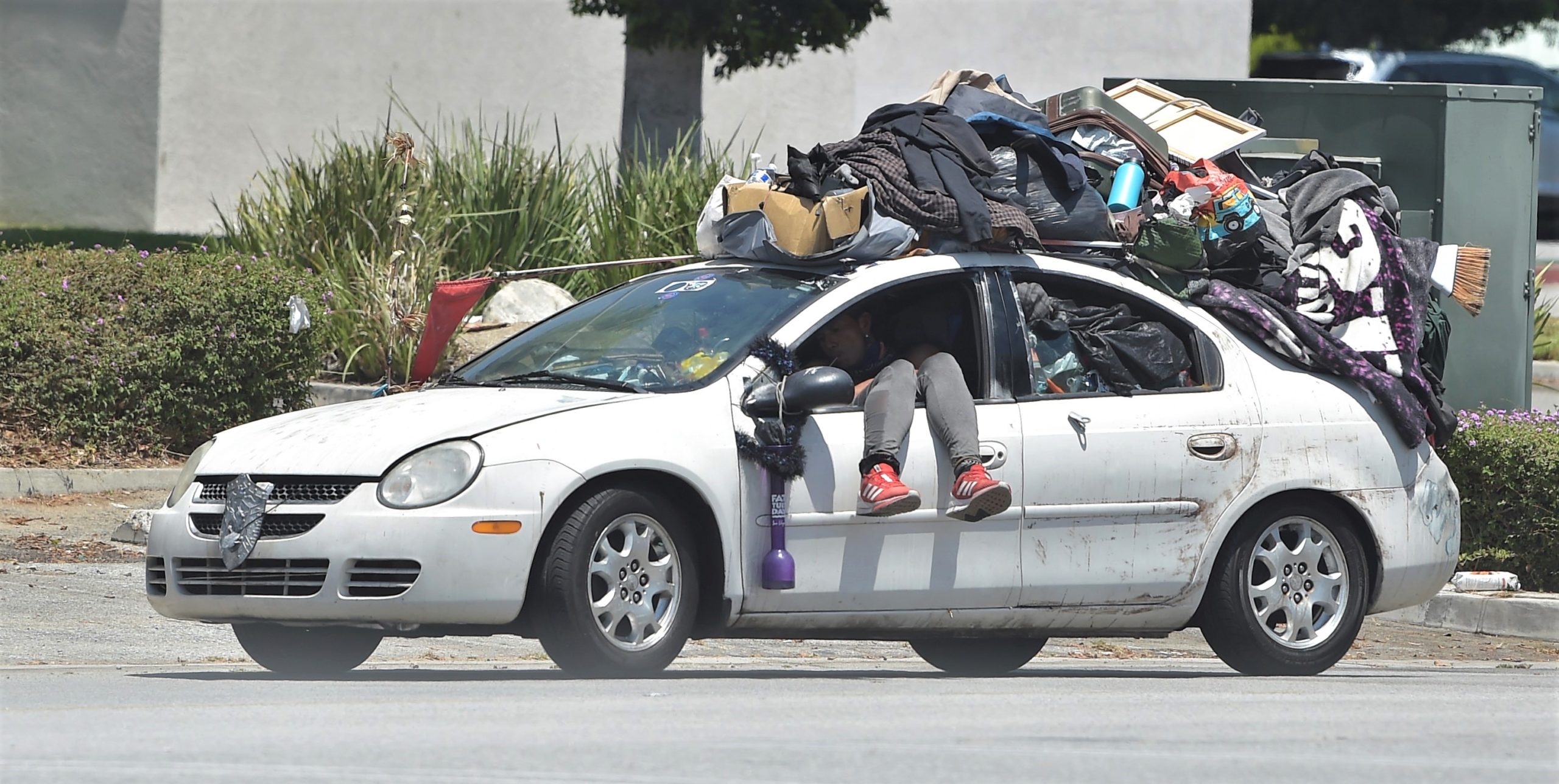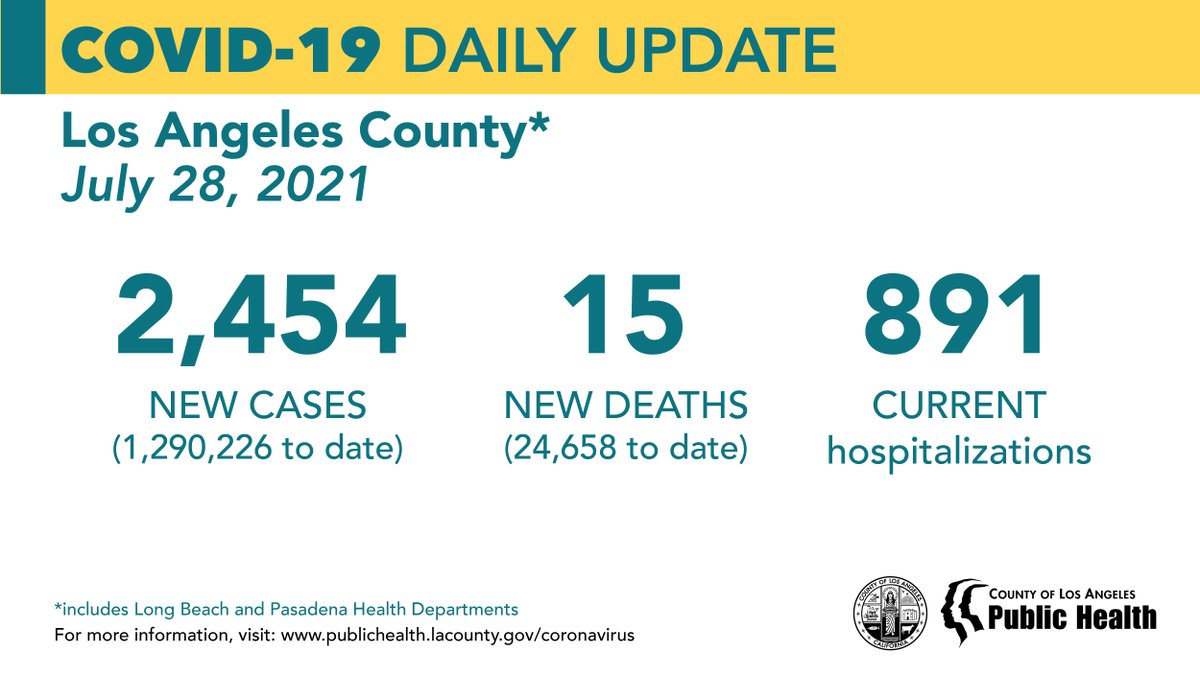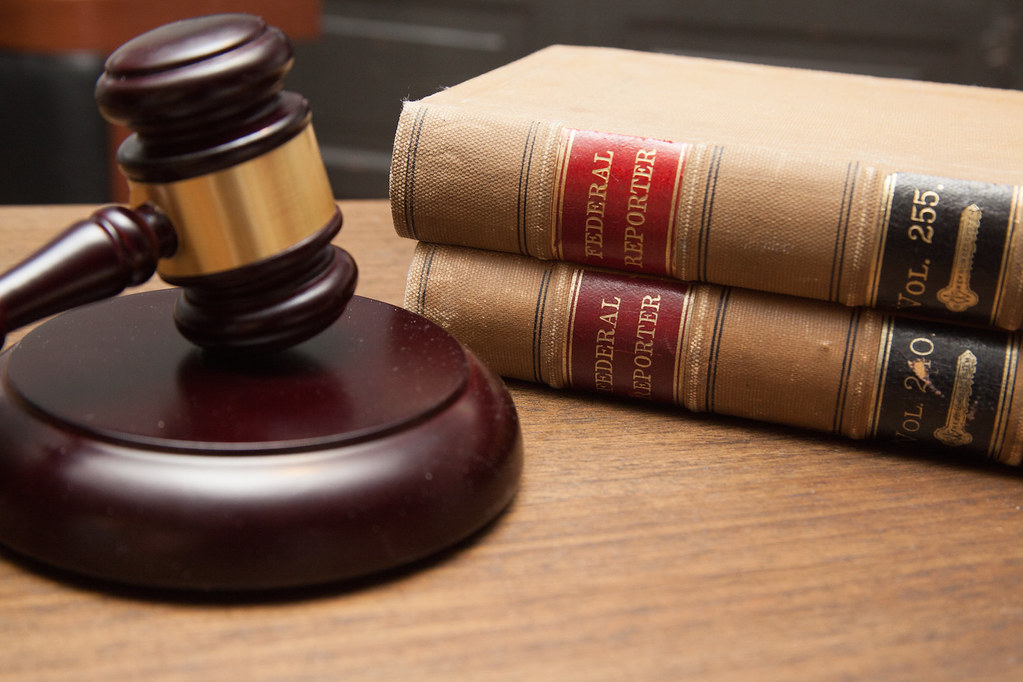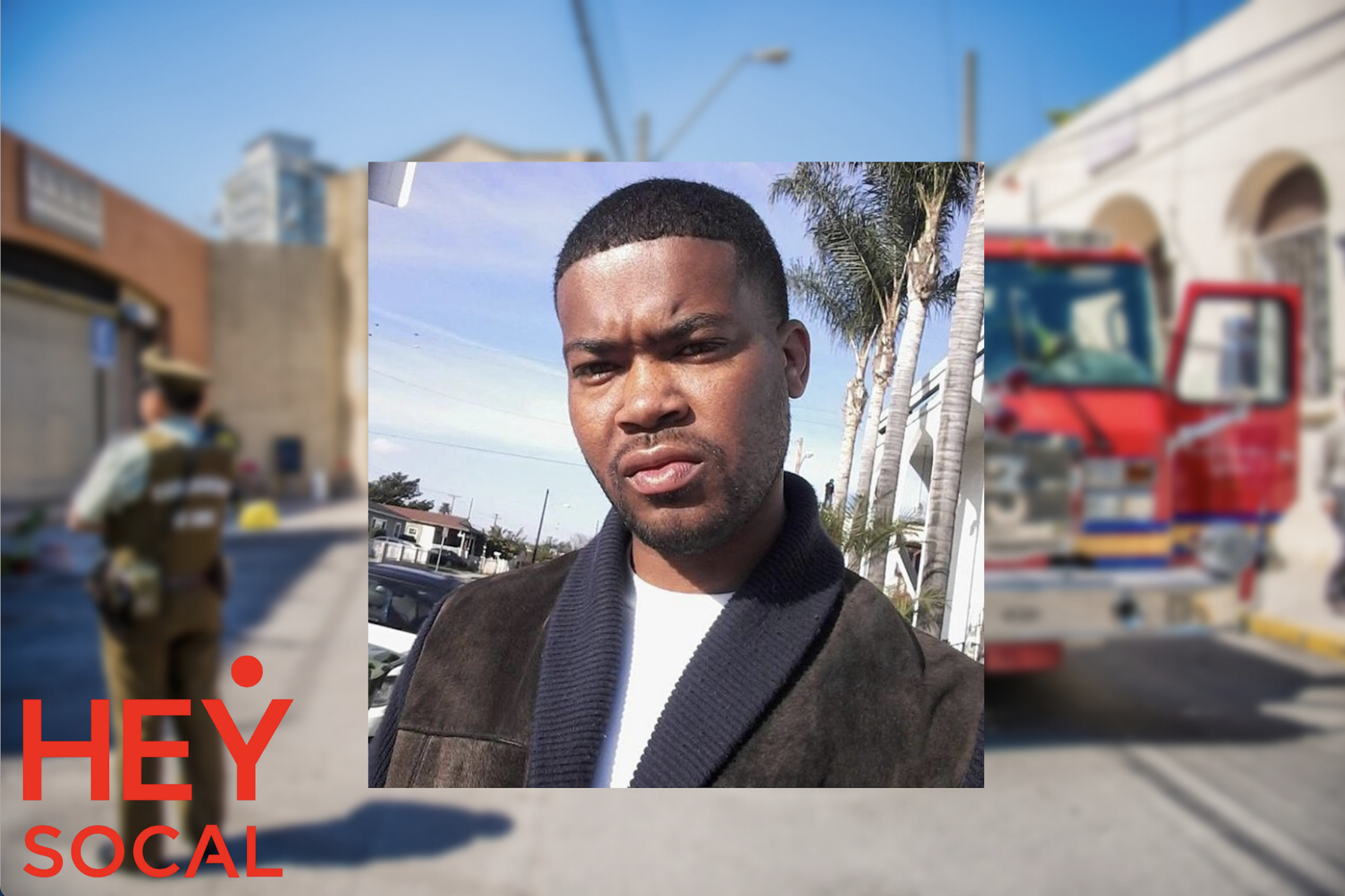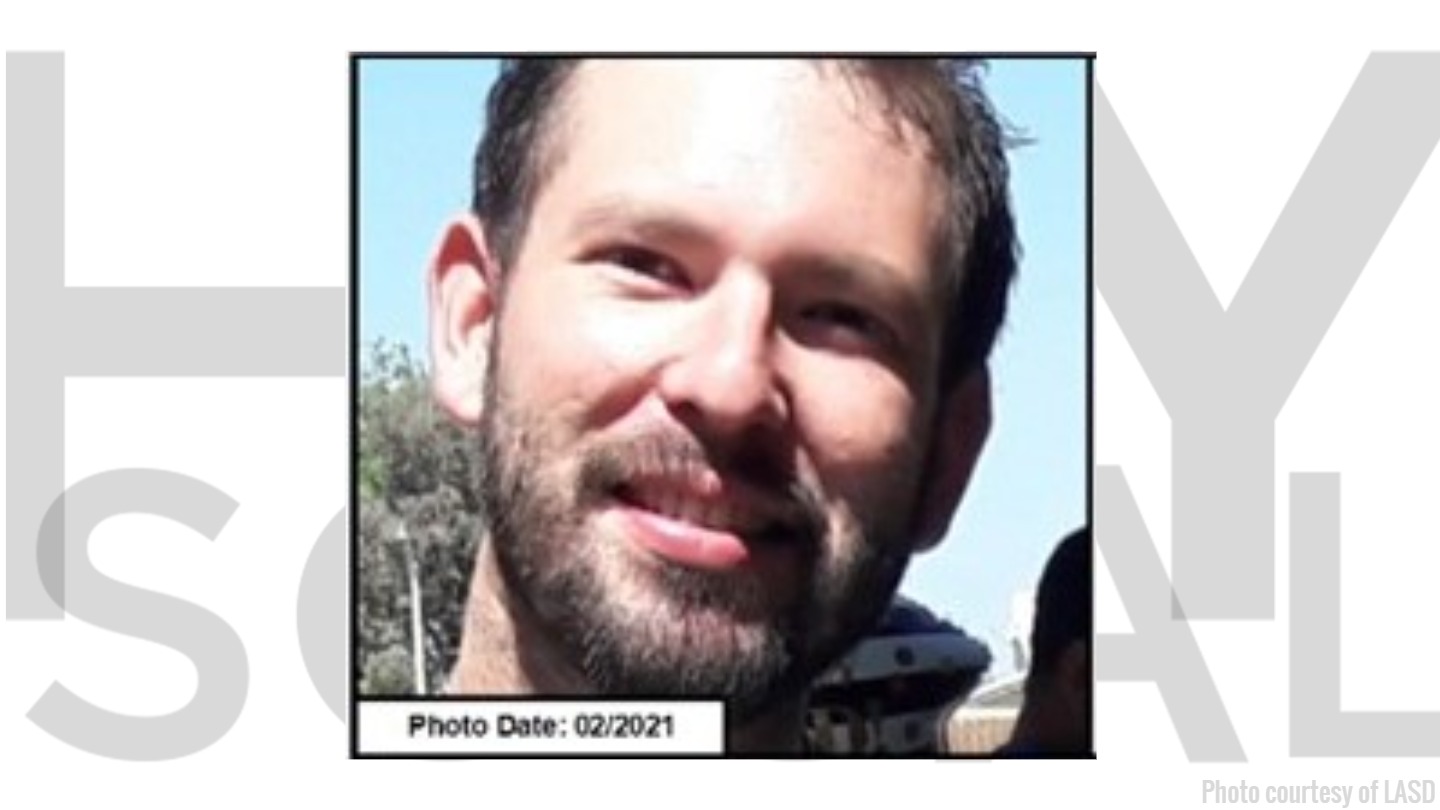Americans are being driven from their homes, many into living in vehicles, in no small part due to the pandemic. And those numbers are likely to grow as the government safety net frays. Last month, Gov. Gavin Newsom signed a bill extending California’s eviction moratorium through Sept. 30 but its end looms for many behind on rent.
Even before the pandemic began, homelessness was on the rise. According to estimates of homelessness in the U.S. released by the Department of Housing and Urban Development in March, on a single night in 2020, about 580,000 Americans were experiencing homelessness — a 2% increase from 2019. The number of unsheltered individuals increased by 7% from 2019 to 2020. These numbers do not reflect the impact of the pandemic.
“And we know the pandemic has only made the homelessness crisis worse,” said Marcia Fudge, HUD secretary.
Living in vehicles seems more common these days, with retirees setting off on the open road in huge RVs and #VanLife trending across social media. But for many people spending their nights in vehicles, the reality is not at all glamorous.
In the San Gabriel Valley, Monrovia experienced a slight decrease in its total homeless population from a high of 80 in 2019 to 77 in 2020, according to data from the Los Angeles Homeless Services Authority. However, there was an increase in the number of persons living in cars from eight in 2019 to 21 in 2020, and city officials have taken notice.
“In Monrovia, we do notice an increase in people living in their cars. I do not see any association with a particular cause, such as a ‘Venice Beach cleanup’ or anything else,” Monrovia City Manager Dylan Feik told Beacon Media Tuesday morning.
“At the moment, state and local law do not consider a person living in a car a crime. In fact, visibly seeing Californians living in their cars serves as a harsh reminder of the effects of the pandemic, a decades-long housing crisis, and in some cases, the lack of available mental health care for vulnerable Californians. Vehicles are required to follow state vehicle code requirements such as valid registration, safety inspections, and so on. If a driver’s visibility is impaired by too much debris/stuff, there may be a traffic violation also.”
Feik added, “In Monrovia, we do have an ordinance which prohibits RV parking overnight unless permitted and registered to a Monrovia resident. We do see RVs and vehicles gathered at Recreation Park, in shopping centers, church parking lots and elsewhere throughout town. The city’s approach remains to be relentless in our efforts to connect people experiencing homelessness, including those living in vehicles, to available resources. We are still enforcing the overnight RV parking ordinance. But when anyone does seek help, we want to be there at that moment to support them. We remain active with the San Gabriel Valley Council of Governments (SGVCOG) Homeless Committee and Regional Housing Trust to pursue regional solutions. Our Community Activist Policing
Team also works in partnership with an LA County Mental Health team to connect with those experiencing homelessness.”
In a March editorial, the Los Angeles Times Editorial Board said “The grim fact is that more people fall into homelessness each day than the county can permanently house. Based on 2019 statistics from the Homeless Services Authority, 207 people make it out of homelessness each day. They get help from an agency or service provider, or they manage on their own to resolve their problems and find housing. But a total of 227 people become homeless each day.”
USA TODAY reports that, “Nearly 1 in 500 Americans is homeless, mostly on the West Coast and in the Northeast, according to estimates. Homeless advocates say people without permanent housing are chronically undercounted. It’s even harder to track the tens of thousands of people living in their vehicles rather than on the streets or in shelters because they must move around so much.”
Aside from the lack of stability, cramped living space and lack of facilities, those who live in their vehicles also have to worry about the constantly changing legal issues of their living situation.
To address this need, in 2018 Safe Parking LA — a night-time program for people sleeping in their vehicles at night, providing a safe and stable place to park while remaining compliant with local laws, and have access to restroom facilities — opened its first Safe Parking lot in Koreatown. Safe Parking LA provides confidential, daily-monitored parking places with current proof of a valid driver’s license, vehicle registration, and insurance. Individuals also cannot be listed on the National Sex Offender Registry. According to Invisible People, “Pets are permitted, but guns, knives drugs, and alcohol are not. If you don’t have insurance or a registration for your vehicle, staff can help you apply for them.”
On July 19, Newsom signed a $12 billion funding package to tackle homelessness. The funding, to be used over the next 2two years, will allocate $5.8 billion to add 42,000 housing units through project Homekey (converting existing properties into temporary or permanent housing), $2 billion in Homeless Housing, Assistance and Prevention grants over two years with accountability requirements for local governments, $1.75 billion to unlock up to 7,200 units of housing in the pipeline, $150 million to stabilize participants in Project Roomkey hotels, $50.6 million for encampment resolution efforts, and $45 million for services and housing for homeless veterans.

